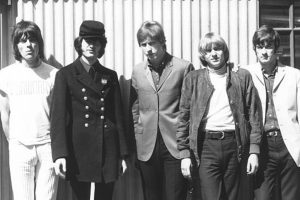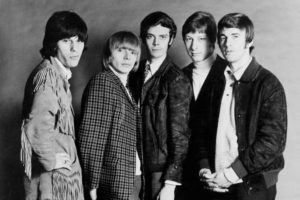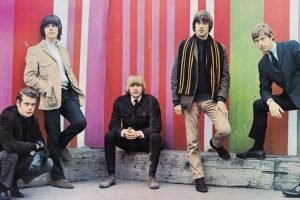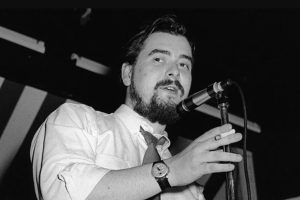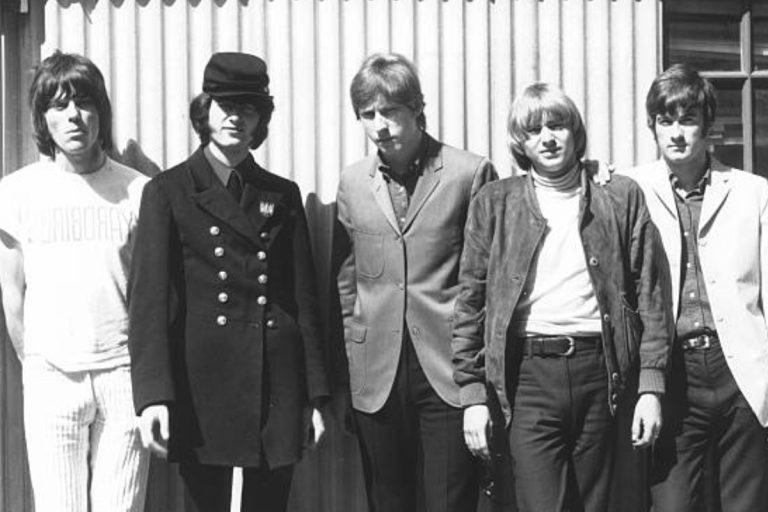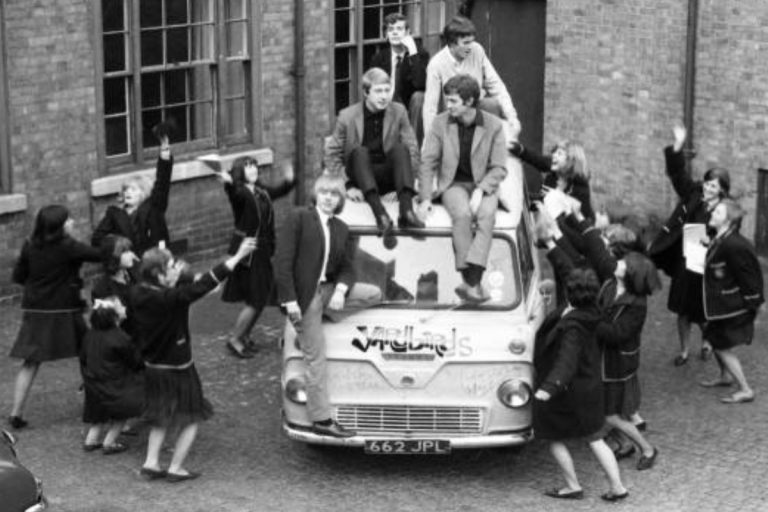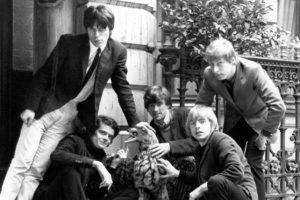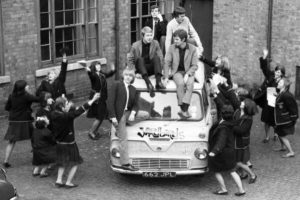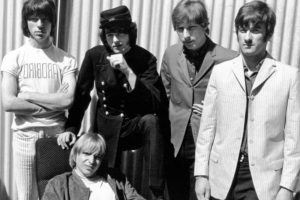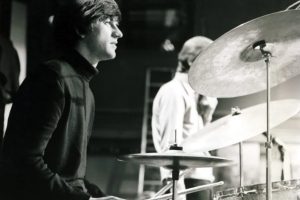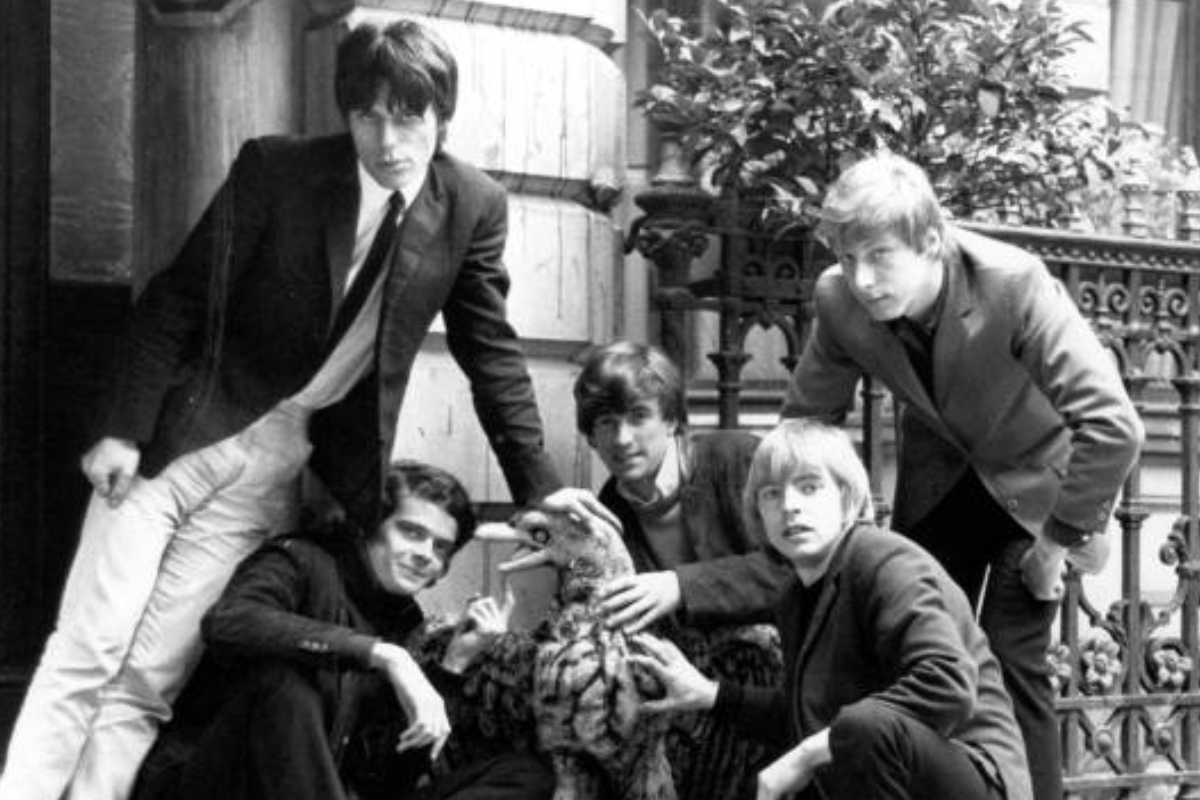
When talking about the history of rock music, it’s impossible not to mention the Yardbirds’ reformation. For long-time fans and those who have just discovered their sound, the return of a band that helped shape blues rock and psychedelic music in the ‘60s brings a special kind of thrill. In today’s music landscape, the re-emergence of a classic group isn’t just a comeback—it’s a new opportunity to revive music that once shaped an entire generation.
The return of The Yardbirds didn’t happen overnight. There were years of silence, lineup changes, and personal paths taken by former members. But despite it all, the name “The Yardbirds” remained a vital part of rock history. So when the band reformed, many fans and critics asked: how does a legend come back together?
What This Article Covers
- How the original Yardbirds began to disband
- The reasons behind the band’s reformation
- New members and their contributions
- Songs released in this new era
- Challenges they faced in returning
- How fans and new generations received their music
- The impact of the Yardbirds’ reformation on the broader rock scene
When the Original Yardbirds Broke Apart
Before the ‘70s arrived, The Yardbirds’ direction slowly shifted. Eric Clapton left in 1965 to pursue purer blues, followed by Jeff Beck, and eventually Jimmy Page. In the end, Page was the only one left—and from there, the prototype of Led Zeppelin emerged.
The members’ separate paths weren’t failures. In fact, each became a major figure in their respective fields. But for Yardbirds fans, there was a gap—a sound and style that wasn’t heard in newer bands. Even with many musicians passing through their lineup, the Yardbirds’ imprint on the evolution of rock was unmistakable.
With their exit from the scene, British rock underwent a major shift. Many bands tried to fill the space they left—but none quite matched the mix of blues, experimentation, and improvisation they brought. For some fans, it felt like they lost a band that truly represented musical experimentation while staying rooted in the blues. So even after their breakup, The Yardbirds continued to be cited as one of the most influential bands in rock history.
A Call from the Times: Why Bring Back the Yardbirds?
Years passed, but The Yardbirds’ name never faded. Their songs were still played on the radio, used in films, and referenced as inspiration by many bands. In the ‘90s, there was renewed interest in classic rock. Many fans—especially younger musicians raised on grunge and alternative rock—turned to earlier forms of rock music.
The clamor for a reunion began—not just out of nostalgia, but to give a younger generation a chance to experience the real Yardbirds sound. At gigs and fan conventions, Jim McCarty and Chris Dreja were constantly asked when they’d return to the stage. Eventually, they could no longer ignore the demand.
Reuniting: How Yardbirds’ Reformation Began
The decision by Jim McCarty and Chris Dreja to reform the band wasn’t easy. They were no longer with the other founding members, so they had to look for new musicians who respected the original sound but could also bring something of their own.
Their goal was clear: not just to become a revival act, but to be an active group that carried on The Yardbirds’ legacy. They didn’t want to play only old songs—they wanted to create new music that reflected the present while carrying the soul of the blues and rock that so many loved.
The New Lineup of The Yardbirds: Meet the Members
In this new chapter of the Yardbirds’ reformation, Jim McCarty stood as the backbone. As the drummer of the original band, he served as the guardian of their musical integrity. Chris Dreja was with him at first but later stepped back due to health reasons.
New names entered the scene, including Gypie Mayo (formerly of Dr. Feelgood), John Idan on lead vocals and bass, and other talented musicians ready to carry the Yardbirds name into a new era. Though the dynamic differed from the original lineup, their sound had a charm of its own.
Though Clapton, Beck, or Page were no longer playing, the band’s style still showed deep respect for the original sound. Many fans said the classic Yardbirds spirit had come alive again—not exactly the same, but enough to bring back the excitement.
The Yardbirds Releasing New Music After Reformation
One of the most exciting parts of the Yardbirds’ reformation was the release of the new album Birdland in 2003. It wasn’t just a greatest hits compilation. It featured new tracks like “Crying Out for Love,” alongside updated versions of classics like “For Your Love” and “Train Kept A-Rollin’.”
The reaction? Mixed. Some purists said the original still stood apart. But many others—especially newer fans—were thrilled that the Yardbirds had found a way to modernize their sound without losing their blues roots.
The album proved that the group was serious about their return. They weren’t just back to perform old hits at retro shows. They wanted to add a new chapter to their story.
Yardbirds’ Challenges in a New Era After Reformation
Not everything was smooth sailing. One of the biggest challenges of the Yardbirds’ reformation was the constant comparison to the past. At every gig, there were fans hoping to hear the exact sound of Clapton or Beck—even though a new generation of musicians was now onstage.
There were also logistical hurdles in touring. Organizing international shows wasn’t easy, especially for a band that wasn’t exactly mainstream anymore. There were times when members had to be replaced, setlists adjusted, or cheaper venues found.
But through it all, the band endured. They weren’t topping charts, but they always had an audience. Smaller crowds, yes—but more genuine. People who truly loved the music.
Yardbirds’ Live Performances and Legacy Tours Following Reformation
The reformed Yardbirds didn’t lose their energy in live shows. Some of the most memorable gigs were in Europe and North America. The energy came not from pyrotechnics or laser lights, but from raw performance. No frills, just music.
At one London show, a young guitarist in the crowd said the Yardbirds inspired him to start his own band. A simple story, but that’s the power of honest music: it spreads passion.
As time passed, more young people began to appreciate them. On YouTube, you’ll find comments like “Just discovered them—amazing!” These reactions gave new meaning to the band’s return.
Yardbirds’ Influence on the Broader Scene After Reformation
The Yardbirds’ reformation wasn’t just for fans. It was also a message to young musicians: you don’t have to be super famous to be meaningful. With every gig and every new song, they showed that music deepens over time—especially when you honor where you came from.
Many bands in the UK and US openly cite The Yardbirds as an influence—not just because of their original members, but also because of their comeback, driven by genuine purpose. Not to chase fame, but to carry on.
The Sound of The Yardbirds Still Lives
In today’s fast-paced music industry, the story of the Yardbirds’ reformation is a reminder that roots still matter. Not everything has to be new. Sometimes, going back to the original is the key to creating something fresh.
This isn’t just a nostalgia trip. It’s proof that music—when made with heart—can live again, be passed on to the next generation, and continue to inspire. With the return of The Yardbirds, the meaning of being a real band has only deepened.

